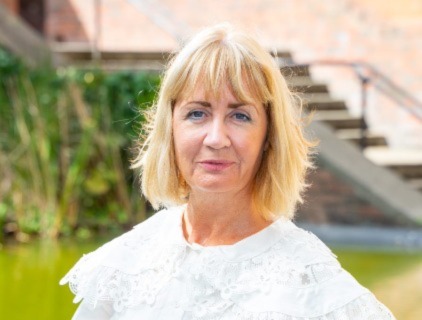Staff
Dr Sarah Sheridan

Lecturing in Architectural Design Studio, Environmental Design and History Theory & Criticism
Email: sarah.sheridan@tudublin.ie
Tel: 01 220 6855
Sarah Sheridan is an architect and lecturer on the TU832 Bachelor of Architecture (BArch) programme. She lectures in history, theory & criticaism, environmental design and architectural design studio. She also supervises research on the Master of Architecture (MArch) programmes.
I hold a PhD from UCD School of Architecture. While completing an MSc in Sustainable Development, I started working as an architectural researcher with Energy Research Group UCD and teaching in School of Architecture UCD. Following graduation from TU Dublin, I worked for seven years in architectural practices, in Dublin and Sydney.
My research interests lie in environment and architecture. Seeking to offer insights into ecological concerns today, through fundamental themes of human health, well-being and education, my research investigates issues relating to how architecture fits into landscape. Through reciprocal relations between architecture and landscape, I am interested in the means by which architecture can allow people to live and thrive. I am curious as to how architecture can accommodate the best possible interactions between people and nature, combining exposure, refuge and deep understanding. Moreover, I am concerned as to the role of architecture pedagogically in the way that it coordinates our relation with the world as part of our continuous life-long learning experiences. To contribute towards the understanding of the consequences of design, I combine direct observation and subjective assessment, with computer analysis, seeking to explore and investigate building performance from many vantages.
In response to contemporary environmental concerns, I have specialised in Richard J Neutra’s educational buildings, seeking to interpret his ideas about nature and the implications they suggest for architecture today. Based on my interest in educational spaces, I am actively investigating European and American open-air schools of the early twentieth century examining their origins, development and preoccupations. The consequences which arise from these case studies, I suggest can extend to the most fundamental concerns of architecture today, where the role of embodied educational experiences can go largely ignored.

